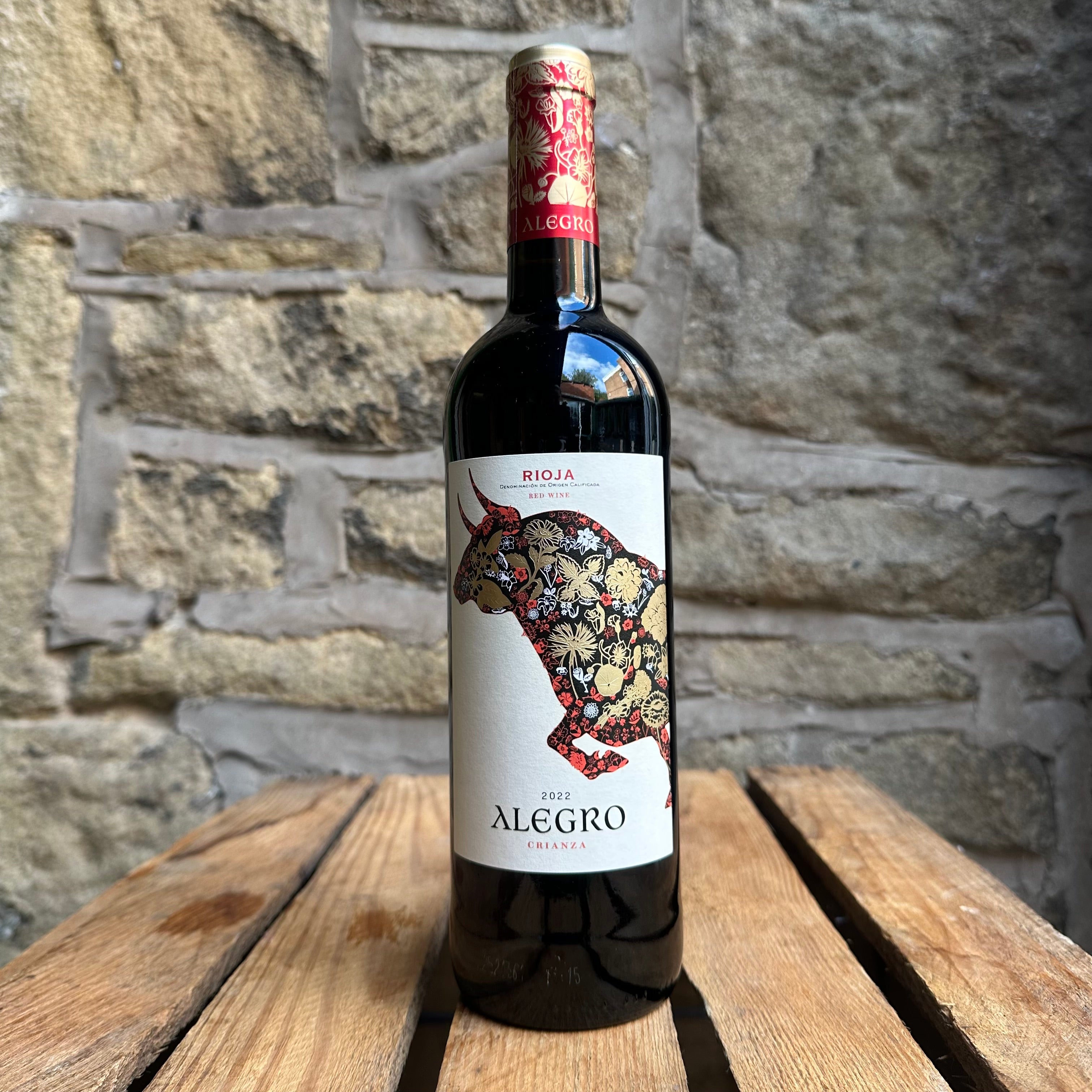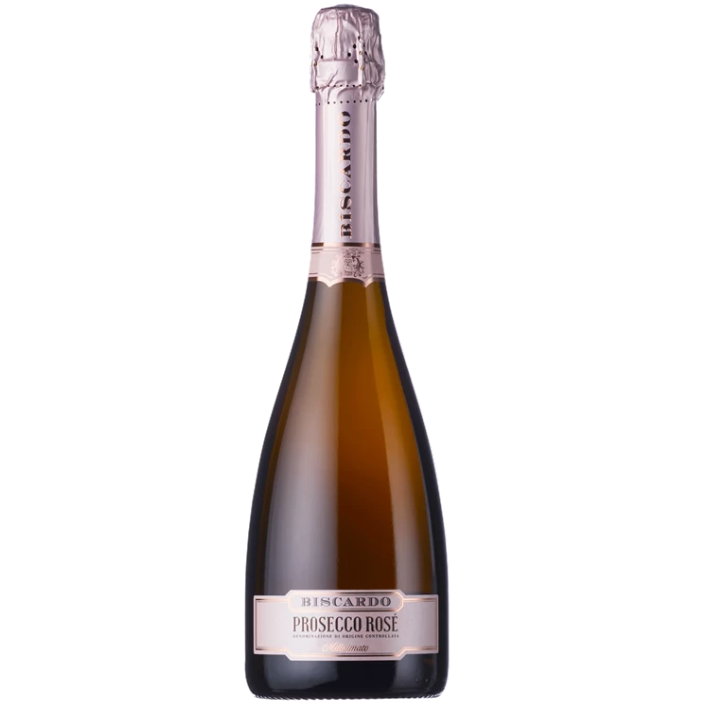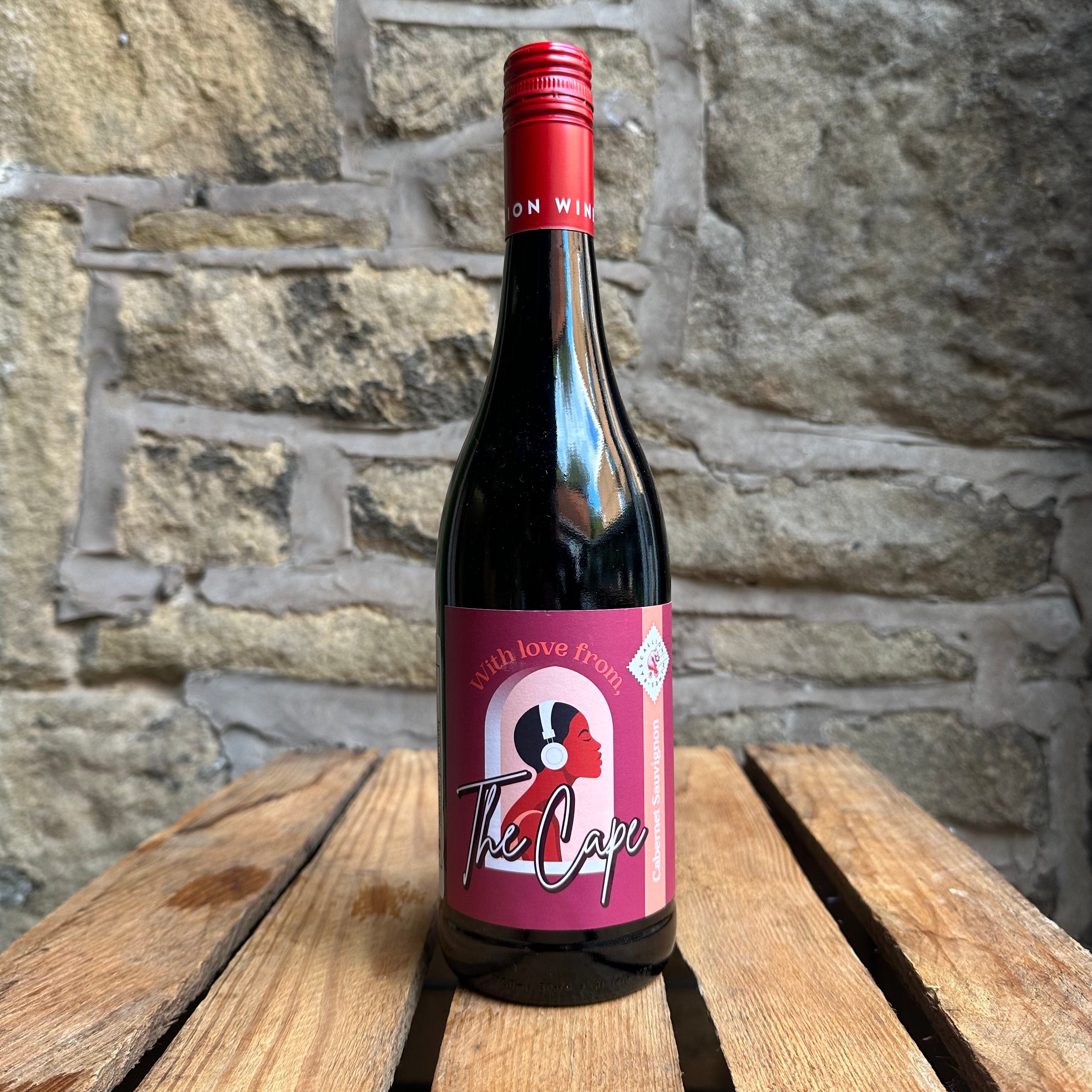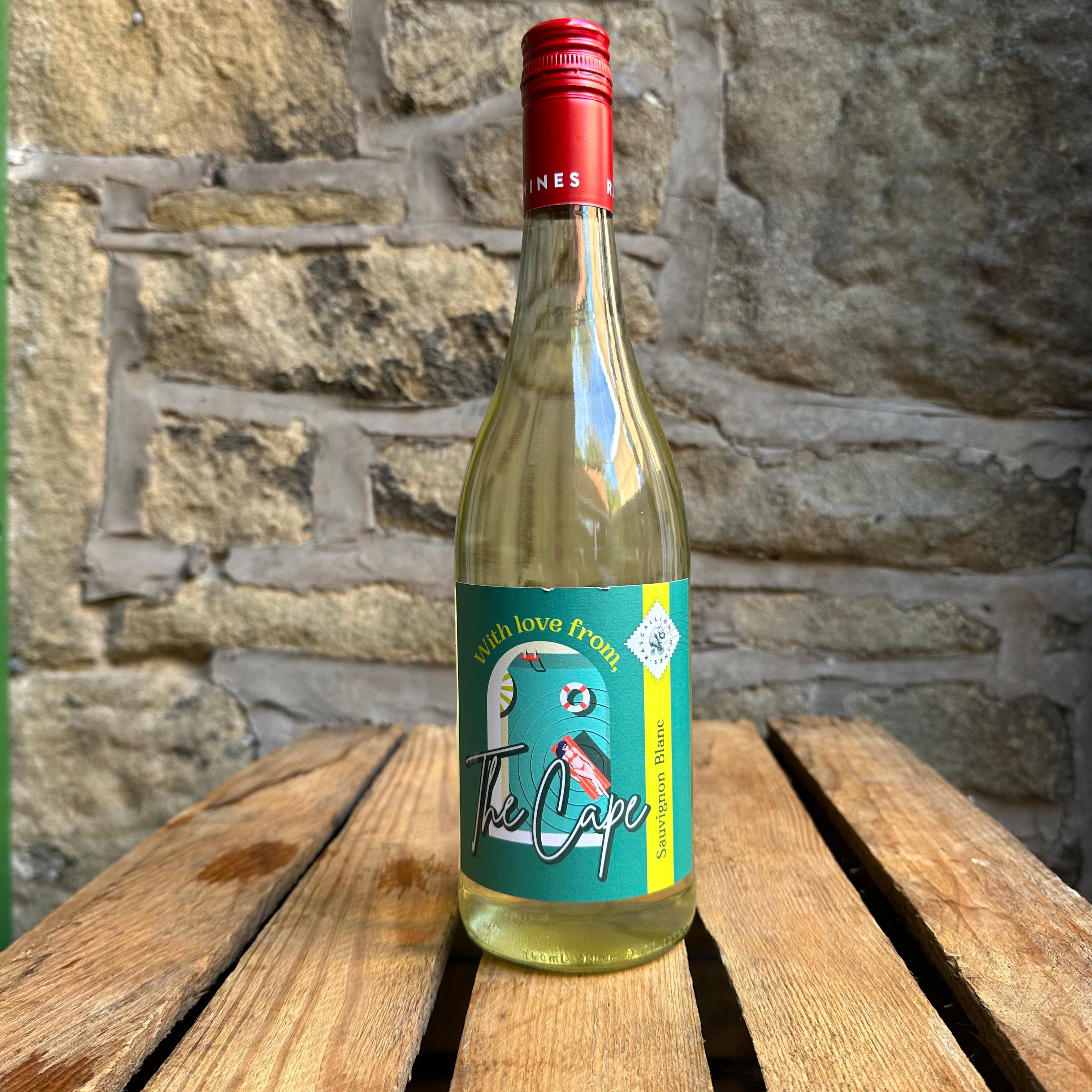
Meet The Californian Makers

California has surpassed all expectations with distinctive wines to rival the best of Europe. Famed areas include Lodi and Napa Valley, but explore further afield and you will find that quality viticulture and winemaking goes across the state. We take a look at California's meteoric rise to fame with a focus on the brilliant, family-owned Ironstone Vineyards whose origins remain in Lodi and the Sierra Foothills.
HISTORY
Viticulture began with the introduction of the Spanish Missions in the 18th century, using the Criolla grape to produce wine and brandy until 1834. During this decade, French immigrants planted the first European variety vines and, although a move into the industry was slow, the landmark Sonoma Vista Winery was founded in 1857 by Hungary-born Count Agoston Haraszthy - a marker for the true beginnings of the state's wine industry.
*Picture: Ironstone Vineyards
Lodi gained its first European settlers in 1846 and was soon named an "Abundant Paradise" with it lush grasslands, rivers, and native vines already thriving in areas, Agriculture has remained its main industry, with wine grapes only behind almonds and walnuts as the most produced. Fine soils of Tokay sandy loam are key to its fertility, with mils seasonal temperatures and an ability for vines to withstand the dreaded phylloxera, due to these soils,
California's quick growth was marred by the Prohibition era between 1919 and 1933, with winemaking taking until the 1960's to truly be revisited by innovative viticulturists with experience from Europe. Favoured grapes remain favoured today, with Old Vine Zinfandel a Lodi speciality, and Cabernet Sauvignon and Chardonnay the most planted grapes. It didn't take long from this point for a foot hold to be established. In fact, California wines were winning international competitions and exceeding expectations of critics across the world by the late 1970's. Now, California can boast many AVA's (American Viticulture Areas) with an expansive reputation bringing in Pinot Noir, Sauvignon Blanc, Merlot, Carignan and many more into the fold. Vineyard tours and tasting experiences are the second most popular tourist attraction in the state, second only to famed Disneyland. With 2600 wineries and 527k acres of vineyards, there are plenty of valuable experiences to sate anyone's wine appetite.
MEET THE MAKERS - IRONSTONE VINEYARDS
The story of Ironstone Vineyards started in the hands of John Kautz, a young row crop farmer who saw the future in growing wine grapes in Lodi. With 12 acres in 1948, he built an excellent reputation as a premium wine grape supplier amassing over 5,000 acres of grapes in Lodi and the Sierra Foothills by 2012. Now in its fourth generation of family growers, Ironstone's philosophy is, “quality wine grapes, a touch of artistry, and patience create captivating elegant wines." Using their trusted winemaker, Steve Millier, since 1989, they achieve award winning recognition internationally.
*Picture: Ironstone Vineyards
The winery is built amongst the solid limestone and schist rock hillside of a family ranch in Murphys, California and not only works to produce exceptional wines, but is now California's largest winery complex for cultural tourism and the arts. A great achievement from such humble beginnings. It is this humility and close family philosophy that keeps Ironstone's wines approachable yet enviable.
Sustainable Viticulture is also central to Ironstone in both its vineyards and production, with aims to reduce water use, build healthy soils and maintain surrounding wildlife habitat. Methods such as covered crops, reusing grape pumice as compost, drip irrigation, and minimal pesticides bring about the best way to leave the smallest impression on the land. Natural methods to prevent damage by animals include perches for birds of prey, owls and other predators to reduce damage by voles and other rodents. Ironstone also work towards Riparian Habitat Restoration by putting back into surrounding land. Riparian ecosystems, the interface between land and water, are highly productive areas associated with creeks, streams, rivers and wetlands. The result is more diverse and abundant wildlife populations with these ecosystems creating a true safe haven for nature.





















